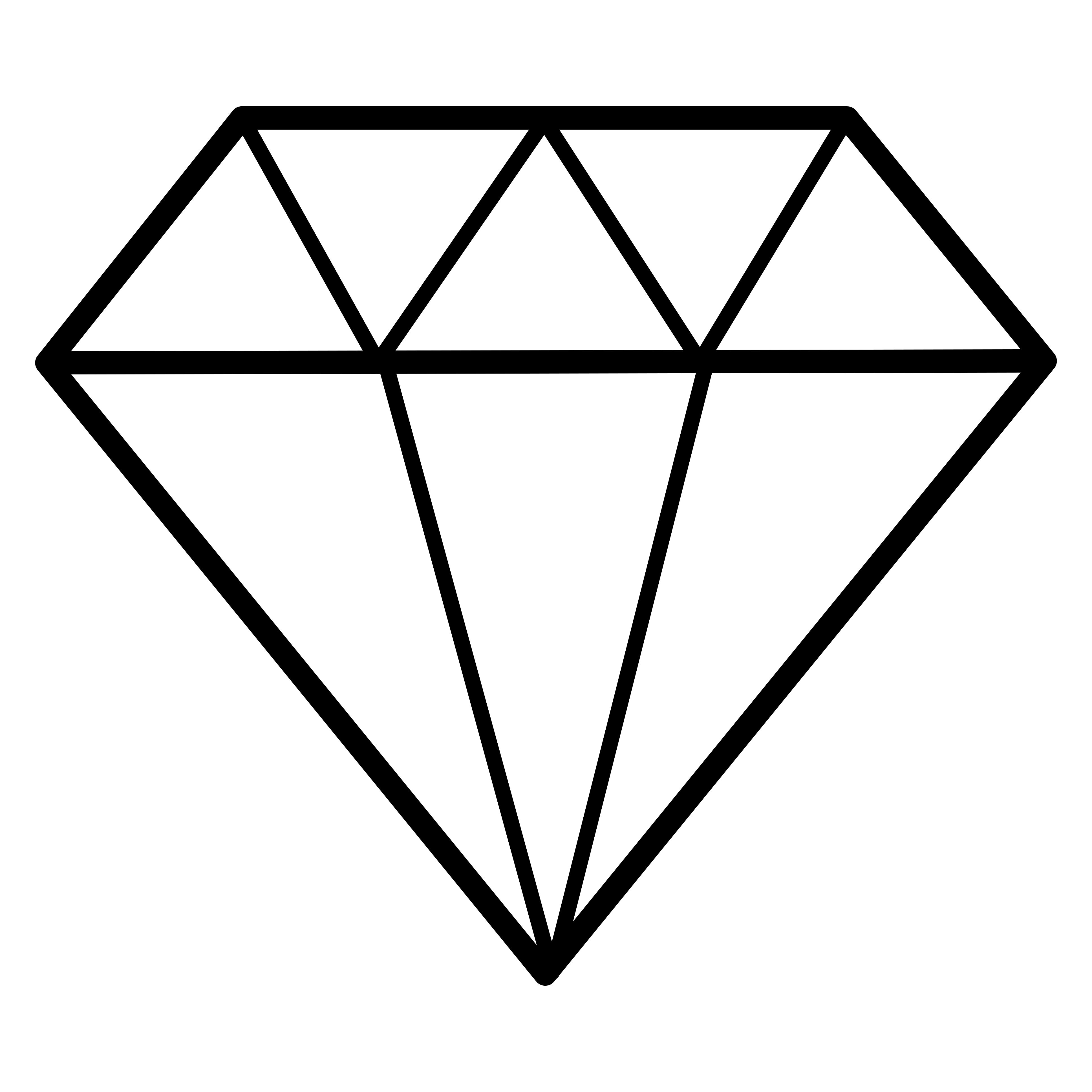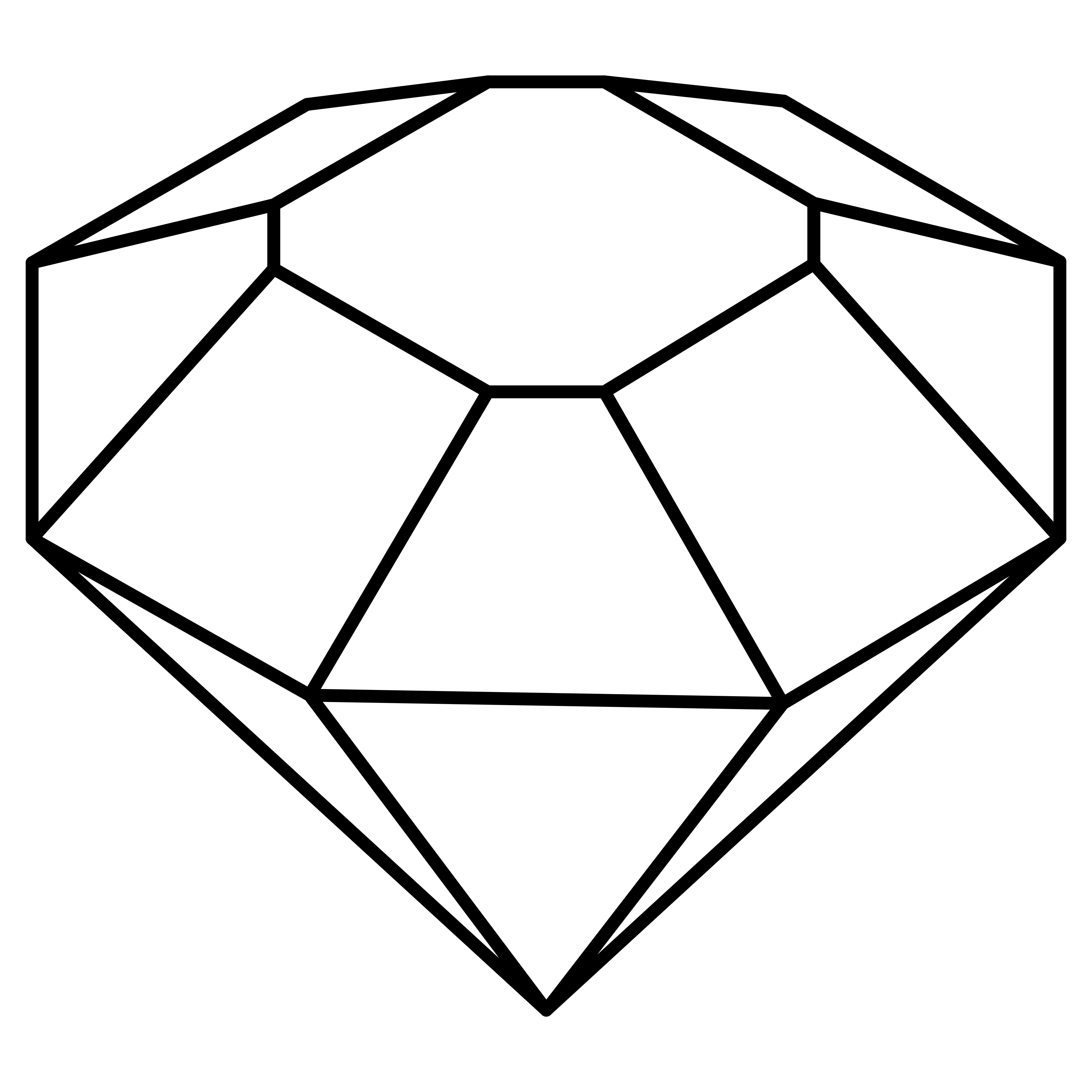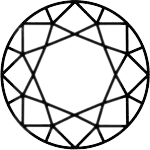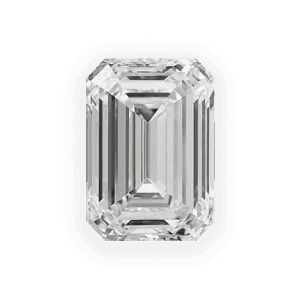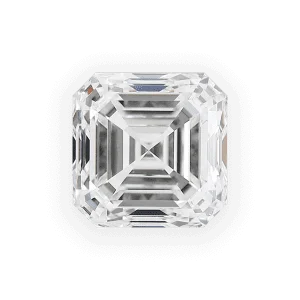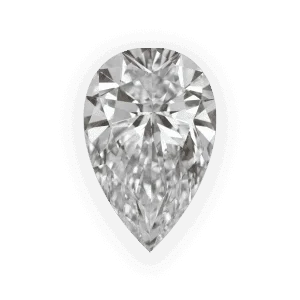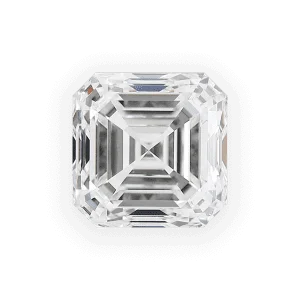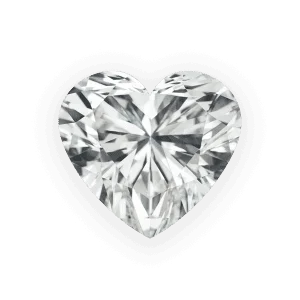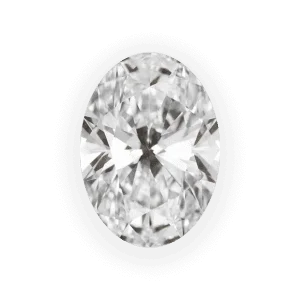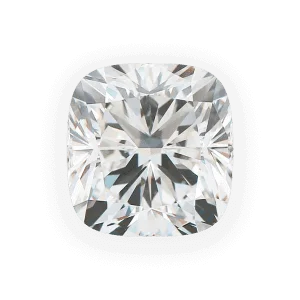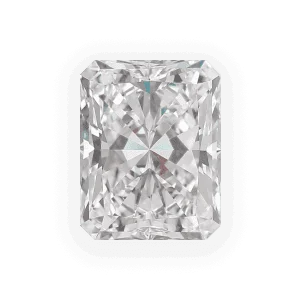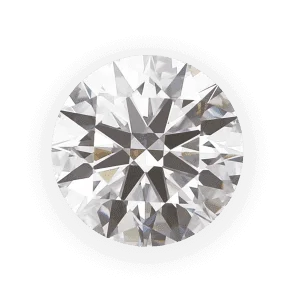The top of the heart-shaped diamond has a split, and it glows magnificently. Undeniably, among the diamond forms, it is one of the most romantic, making it a popular choice for engagement rings and other sentimental jewelry. However, choosing a diamond with a heart shape requires careful consideration of its proportions and symmetry. Since two sides of the heart have to be identical, harmony is fundamental when picking a diamond with a heart shape. The two lobes should be well divided, and the wings should be rounded to achieve a symmetrical look. Interestingly, less than .50 carat heart-shaped diamonds are often not a wise choice because they have a smaller appearance than other diamond shapes, particularly when prong-set. Nevertheless, small heart-shaped diamonds work well in bezel and three-prong settings, making them an excellent choice for certain types of jewelry.
